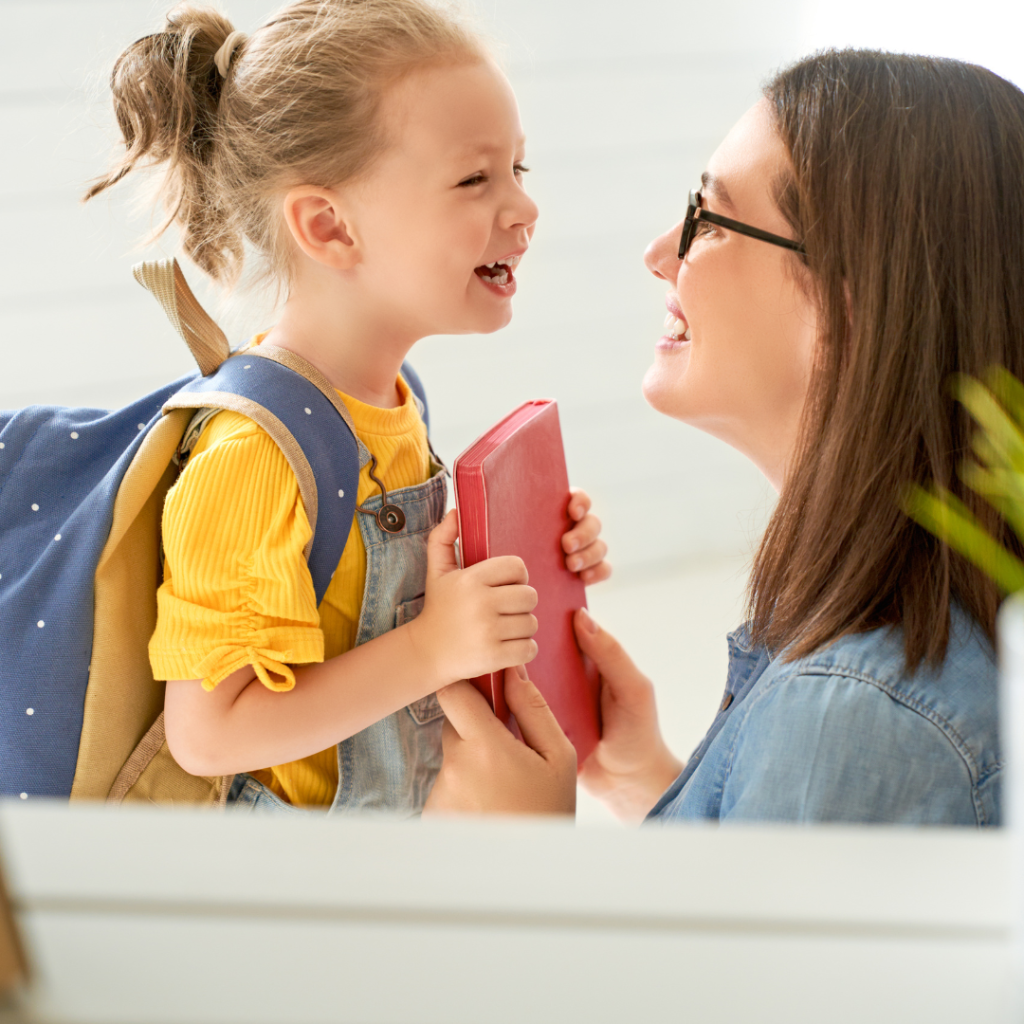As parents and speech-language pathologists, we’re constantly searching for ways to unlock communication for our children, especially those who learn language in unique ways. If you have a child who is a Gestalt Language Processor (GLP), you know their journey to language is a fascinating one, often starting with “chunks” or “gestalts” of language before breaking them down into individual words.
Today, let’s talk about one seemingly small word that holds immense power in supporting our GLPs: “Let’s.”
What is Gestalt Language Processing? A Quick Refresher
Unlike analytical language processors who build language word by word, GLPs often pick up entire phrases or sentences first. Think of a toddler humming a whole commercial jingle before they can say “ball.” These “gestalts” are rich with intonation and meaning, but the goal is to help them break down these chunks and become more flexible, spontaneous communicators.
Why “Let’s” is a Game-Changer for GLPs
- Here’s why “let’s” is such a valuable tool in our speech therapy toolbox for GLPs:
It’s Naturally First-Person, Plural: This is crucial. Many gestalts a child picks up are in the second or third person (“Go to bed,” “He wants a cookie”). While these are great for understanding, they don’t directly model how to initiate actions or express shared intentions from their own perspective. “Let’s” inherently models us doing something together. - It Encourages Shared Action and Joint Attention: “Let’s” is an invitation. It naturally promotes joint attention (“Look, we’re doing this together!”) and shared action (“Let’s build a tower!”). For GLPs, who are often focused on the whole rather than individual parts, this shared experience can be a powerful motivator to engage and connect.
- It Promotes Flexible Language Use: When we use “let’s,” we are modeling a flexible structure. Instead of always hearing “Time to eat,” they hear “Let’s eat,” “Let’s play,” “Let’s read.” This variation helps them begin to identify the common element (“let’s”) and the changing element (the action), laying the groundwork for breaking down their own gestalts.
- It Fosters Self-Advocacy and Initiation: As GLPs progress, we want them to move beyond just repeating gestalts. We want them to initiate, to ask, to express their desires. By hearing and eventually using “let’s,” they learn a powerful way to propose activities and take an active role in interactions. Imagine a child saying “Let’s go outside!” instead of just waiting for the adult to say “Time to go outside.” This is a huge step in their communicative independence.
- It’s a Bridge to More Complex Syntax: “Let’s” can act as a bridge. Once a child is comfortable with “Let’s [action],” they are closer to understanding and using other first-person plural constructions like “We are [doing something]” or “We want [something].” It provides a foundational structure upon which more complex language can be built.
How to Use “Let’s” in Everyday Interactions:
Narrate Your Actions with “Let’s”: As you play or go about your day, consistently use “let’s.”
“Let’s build with the blocks.”
“Let’s go for a walk.”
“Let’s read a book.”
“Let’s clean up.”
Offer Choices with “Let’s”:
“Let’s do bubbles or let’s do play-doh?”
“Let’s have an apple or let’s have a banana?”
Model First-Person Initiation: If your child is repeating a gestalt, try to model it back with “let’s” if appropriate. For example, if they say “Time to eat,” you might respond, “Yes! Let’s eat!”
Create Opportunities for Shared Experiences: Actively engage in activities where “let’s” naturally fits. Play games, do crafts, cook together – anything that involves shared intention and action.
By intentionally incorporating “let’s” into our language, we are providing a powerful and natural model for our Gestalt Language Processors. We’re not just giving them words; we’re giving them the tools to initiate, to connect, and to ultimately become more flexible and confident communicators in their own unique way.
